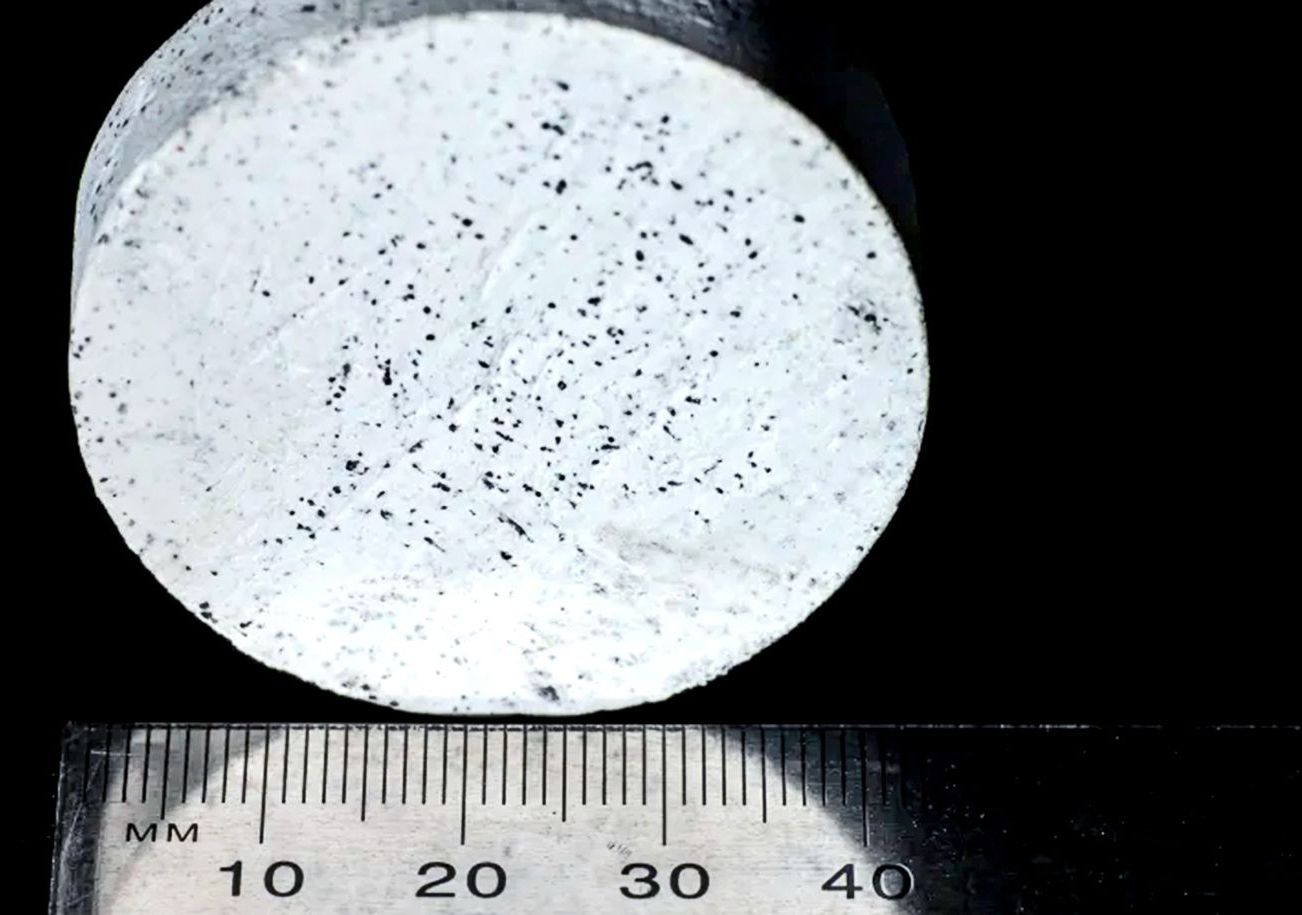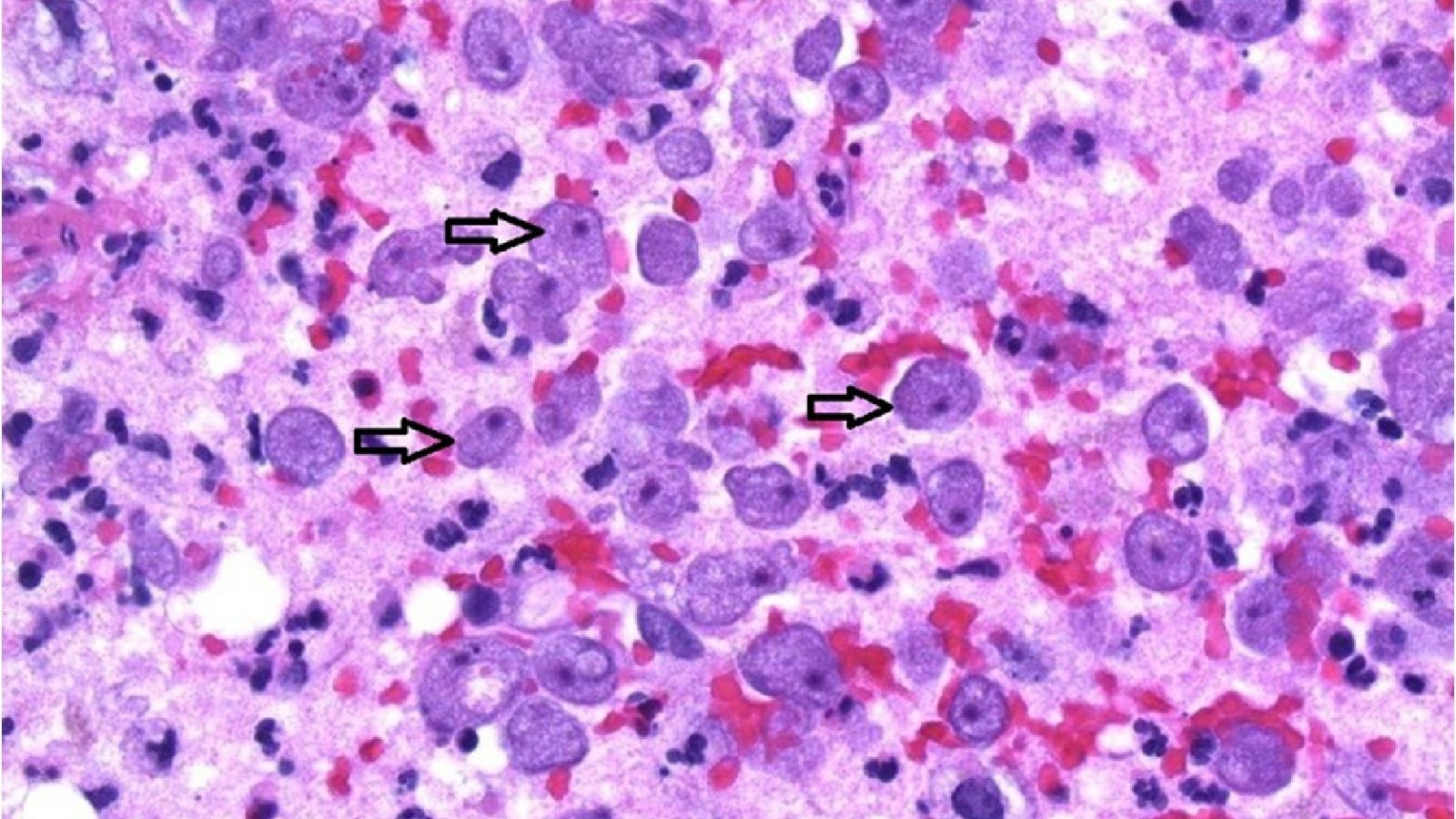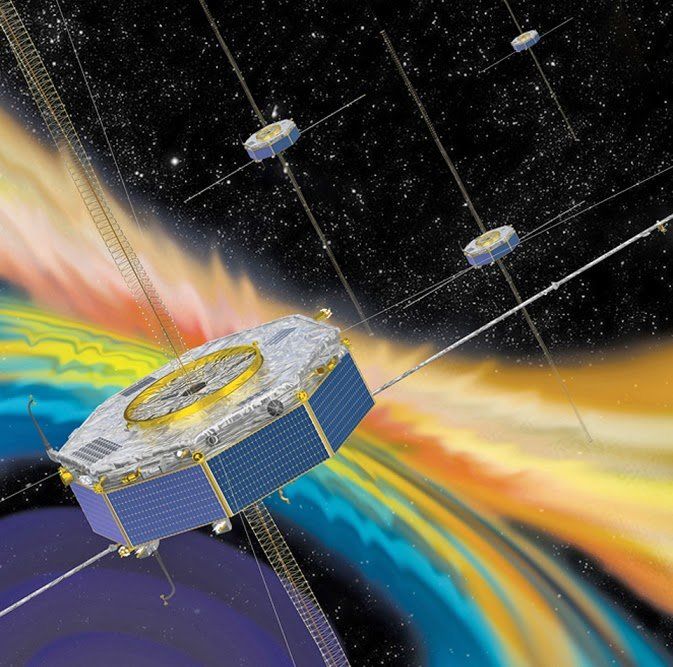Dec 7, 2018
FDA Approves Drug That Targets Key Genetic Driver of Cancer
Posted by Nicholi Avery in categories: biotech/medical, genetics
Imagine one drug that can target and kill malignant cells for some patients with many types of cancer. A new drug called Vitrakvi (larotrectinib), now approved by the U.S. Food and Drug Administration, shows promise of doing just that for both adults and children with a variety of sometimes rare cancers that share one specific genetic mutation.
The mutation, called a TRK fusion, occurs when one of three NTRK genes becomes mistakenly connected to an unrelated gene and ignites uncontrolled growth. By solely targeting this mutation, the drug is designed to turn off growth signaling with a minimum of other toxicities.
According to the drug manufacturer, Loxo Oncology, this specific mutation can occur in a small subset of various adult and pediatric solid tumors ranging from cancers of the appendix, bile ducts, breast, lung, pancreas and thyroid to melanoma, GIST and various sarcomas.
Continue reading “FDA Approves Drug That Targets Key Genetic Driver of Cancer” »

















